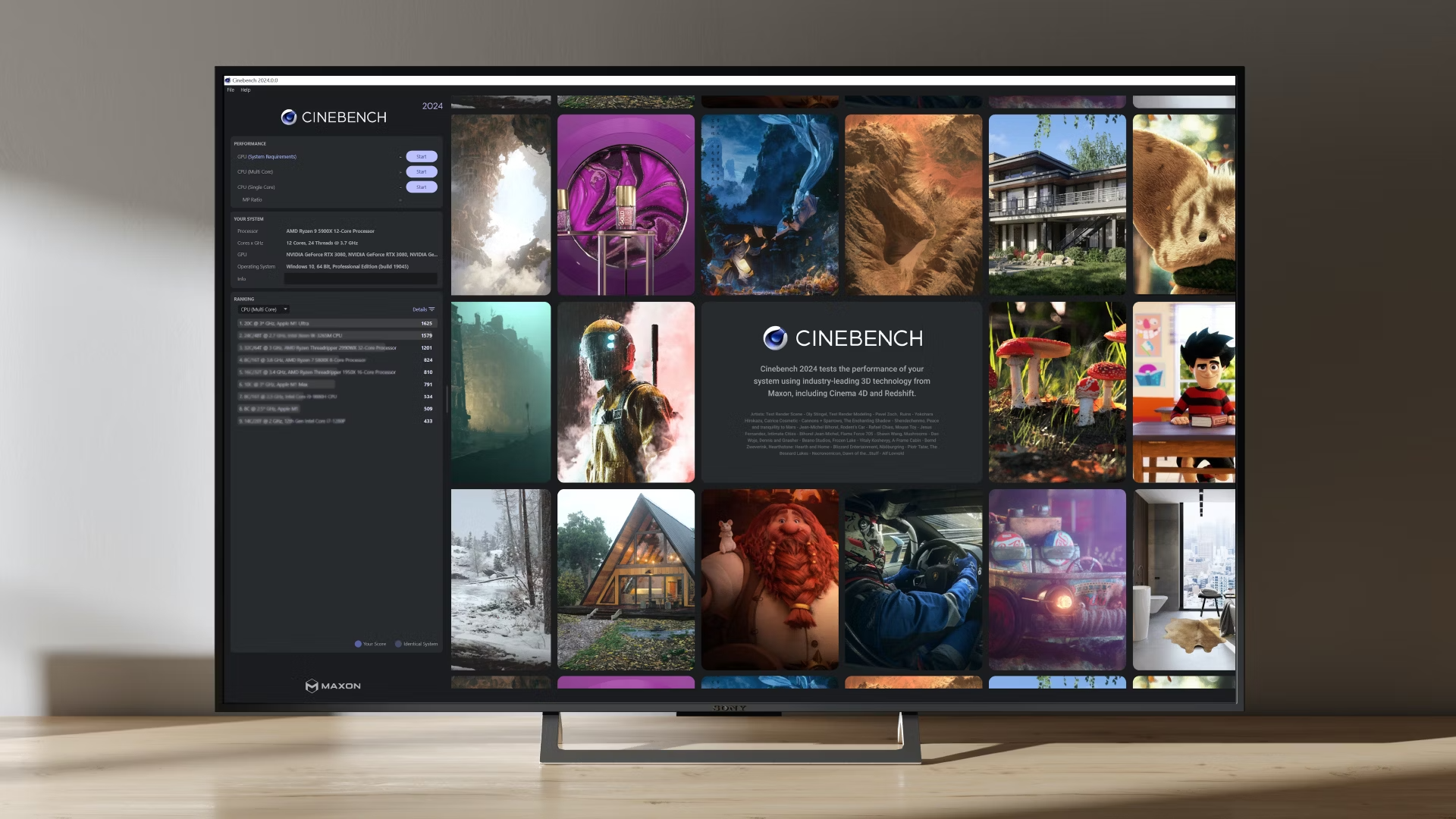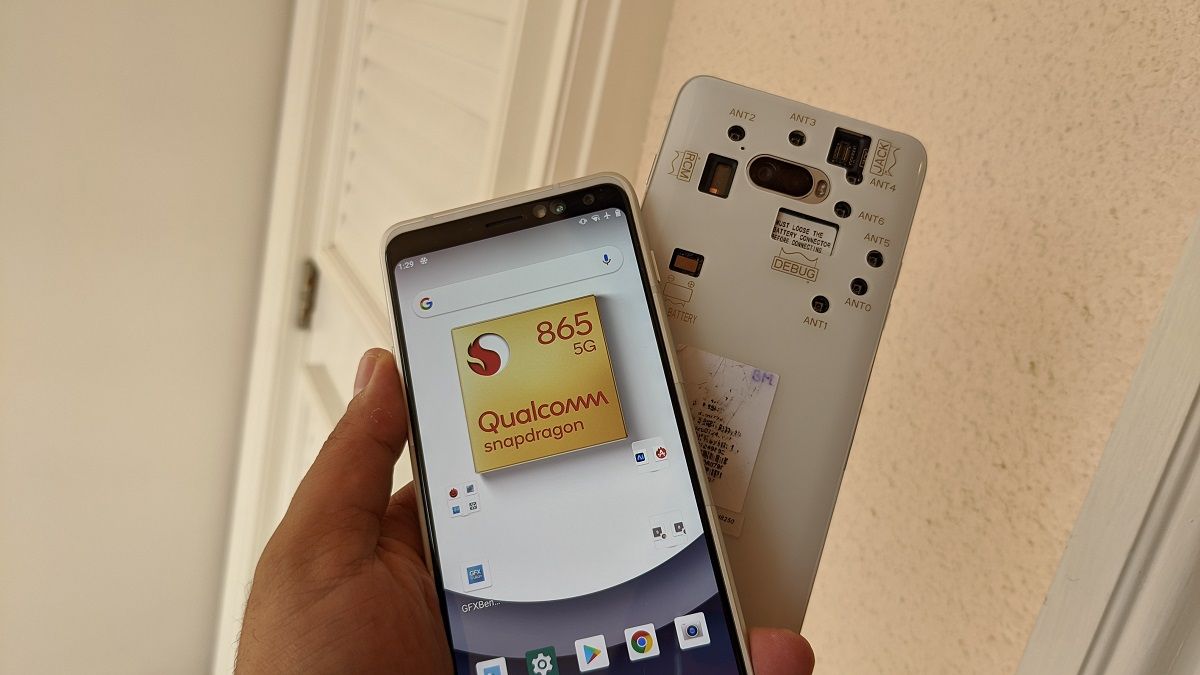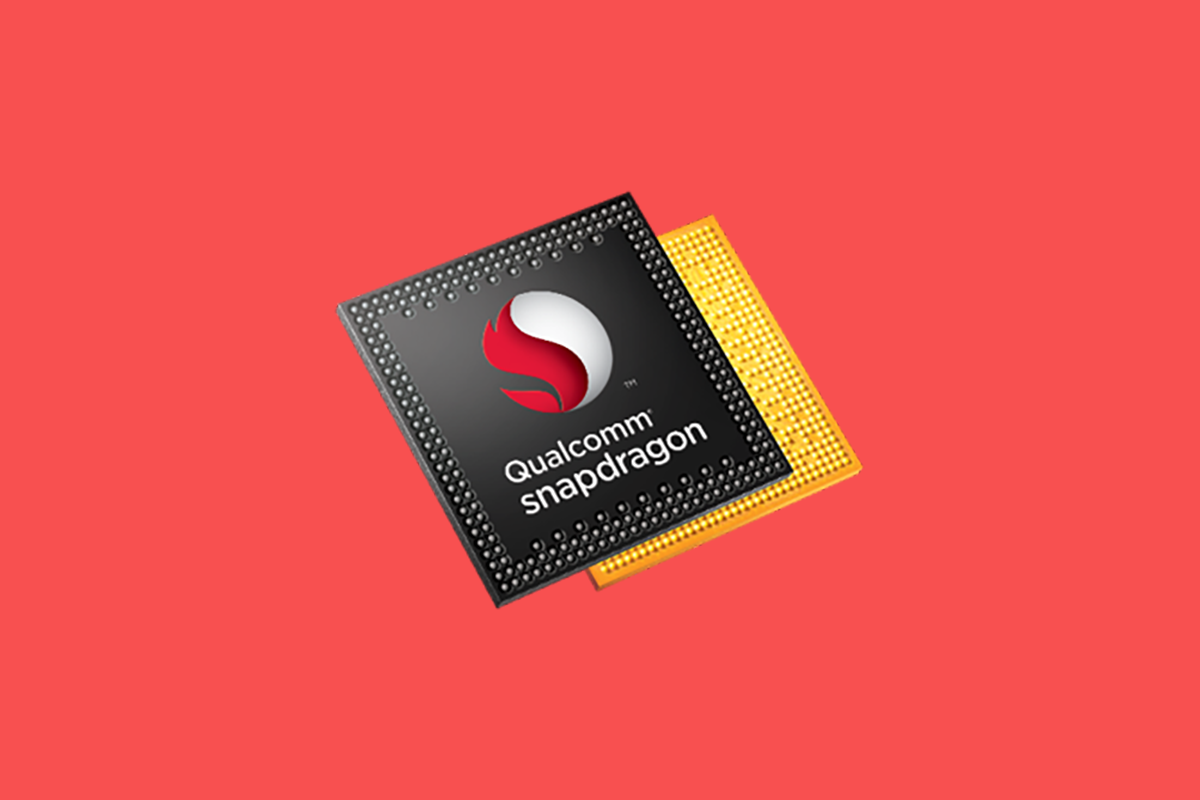latest

Cinebench 2024 released with GPU testing and wider platform support
Cinebench 2024 is here, and it brings back GPU testing after a long bout of absence, along with wider platform support.
In the world of benchmarks, few stand as tall as Cinebench does. It's one of the go-to benchmarks for CPU testing across the computing sphere, as it attempts to mimic real-world usage while providing a value that can be used to directly compare to other machines for an idea of relative performance. As time goes on, though, use cases change and more features are required to accurately evaluate the performance of one machine against another. With that in mind, Cinebench 2024 is now here, and it brings support for more platforms and, even bigger, GPU testing for the first time in over a decade.

PCMark: How it actually works
PCMark is very popular among casual PC users for its simplicity. Under the hood, it's anything but.
PCMark first released in 2002, making it one of the oldest benchmark applications that still receives regular updates. It's very popular among more casual users because its main benchmarks are free, provide an easy-to-understand score, and test areas that are actually meaningful to users. Although PCMark is often thought of as a simple benchmark that's not really for hardcore enthusiasts, under that casual-looking veneer is one of the most complex benchmarking applications out there.

Qualcomm Snapdragon 888 benchmarks: Here's how 2021's flagship 5G phones will perform
Here are the CPU, GPU, and AI benchmark results from a Qualcomm Snapdragon 888 reference device in tests like Geekbench, AnTuTu, and others.
Earlier this month, Qualcomm invited journalists to a virtual Snapdragon Tech Summit where they announced the Snapdragon 888 mobile platform. Qualcomm's latest 8-series SoC brings major improvements to image processing and machine learning but only incremental improvements to CPU and GPU performance. To find out just how much more powerful Qualcomm's latest chipset is, we typically get the opportunity to run benchmarks on its reference hardware. Due to COVID-19, however, Qualcomm could not arrange an in-person benchmarking session, so instead, they sent us a prerecorded video showing a Qualcomm Snapdragon 888 reference device running the gamut of popular benchmarks.

Qualcomm Snapdragon 865 Benchmarks: Comparing CPU and GPU Performance with the Kirin 990, Snapdragon 855, and Snapdragon 845
We benchmarked the Qualcomm Snapdragon 865 to test its CPU and GPU performance against SoCs like the Snapdragon 855, Snapdragon 845, and Huawei's Kirin 990.
Nearly two weeks ago, Qualcomm invited tech journalists to Maui for the 2019 Snapdragon Tech Summit. At the event, the company unveiled its latest high-end SoC for mobile devices: the Qualcomm Snapdragon 865 mobile platform. Qualcomm says the new Snapdragon 865 boasts a 25% CPU performance increase and a 20% GPU performance increase over the previous generation Snapdragon 855. Also, the new SoC supports LPDDR5 memory and is manufactured on a newer 7nm process. Qualcomm's latest silicon will make its way to 2020 flagships like the Xiaomi Mi 10, OPPO Find X2, and many other high-end smartphones.

OPPO Find X and F7 delisted from 3DMark for benchmark cheating
Reviewers have uncovered that Oppo cheated during benchmarks and their initial scores have been delisted from the 3DMark scoreboard.
3DMark is a piece of benchmarking software initially developed by Futuremark and acquired by a company now known as UL. UL was formally known as Underwriters Laboratories. They were solely a global safety consulting and certification company until they began acquiring companies like Futuremark. 3DMark is a piece of software that benchmarks all major devices that you can think of and both the Oppo Find X and the Oppo F7 had published high scores using this software. However, reviewers have uncovered that the company cheated during these benchmarks and their initial scores have been delisted from the scoreboard.

How EAS helps make the Google Pixel the fastest Android phone
The Google Pixel smartphones are among the fastest Android phones on the market. Energy Aware Scheduling (EAS) is partly why the phone is so smooth.
Far back in the past when Linux was just an idea in the mind of Linus Torvalds, CPUs were single-core entities which required an immense amount of energy for little power. The first ever commercially available processor, the Intel 4004, ran at a clock-rate of 740kHz on a single core. Back then, there was no need for a load scheduler. Load scheduling was reserved for the dual-core "behemoths" such as the IBM Power 4 which came out some decades after. These ran at a beastly 1.1GHz to 1.9GHz and required programs and the system to utilize these cores correctly. How did we get from these machines to software algorithms that make use of multiple cores? You may have heard of Energy Aware Scheduling (EAS) on our forums before. It's part of the reason why the Google Pixel smartphones perform so well. What's so great about EAS and how did we even get to this point? Before we can explain that, we need to talk about Linux load schedulers.

Qualcomm Snapdragon 845 Benchmarks and Comparison: As Powerful as Promised, for Better or Worse
Qualcomm invited XDA Developers to its headquarters in San Diego, where we were afforded the opportunity to benchmark the company's flagship Snapdragon 845 system-on-chip. Here are the results.
The Qualcomm Snapdragon 845 was officially announced last December, though its reveal at the annual Snapdragon Tech Summit left us with almost as many questions as answers. While we managed to get a surface-level description of its architecture and capabilities, so far, we’ve had to rely on the company’s internal data -- namely, its quoted year-on-year percentage increments -- to estimate the new platform’s performance. Now, we’ve got benchmark scores.




